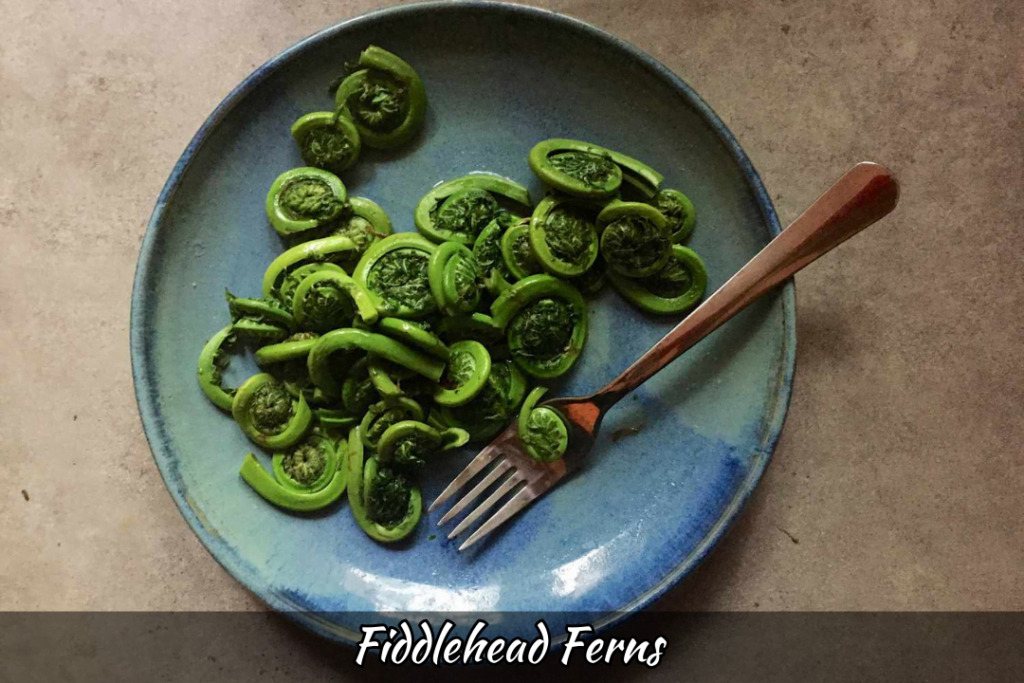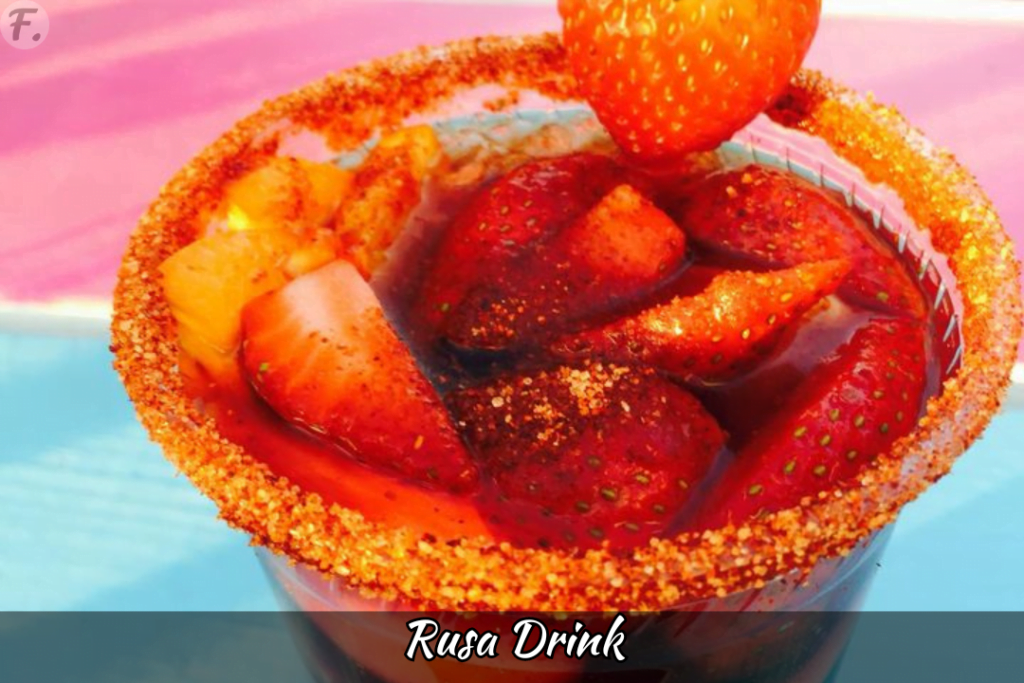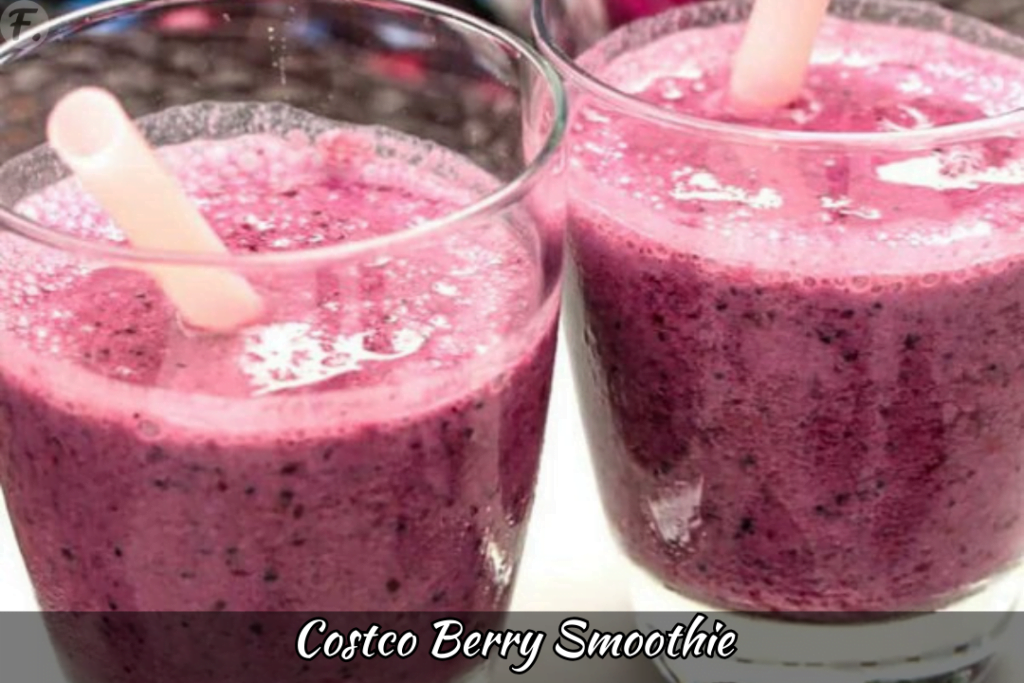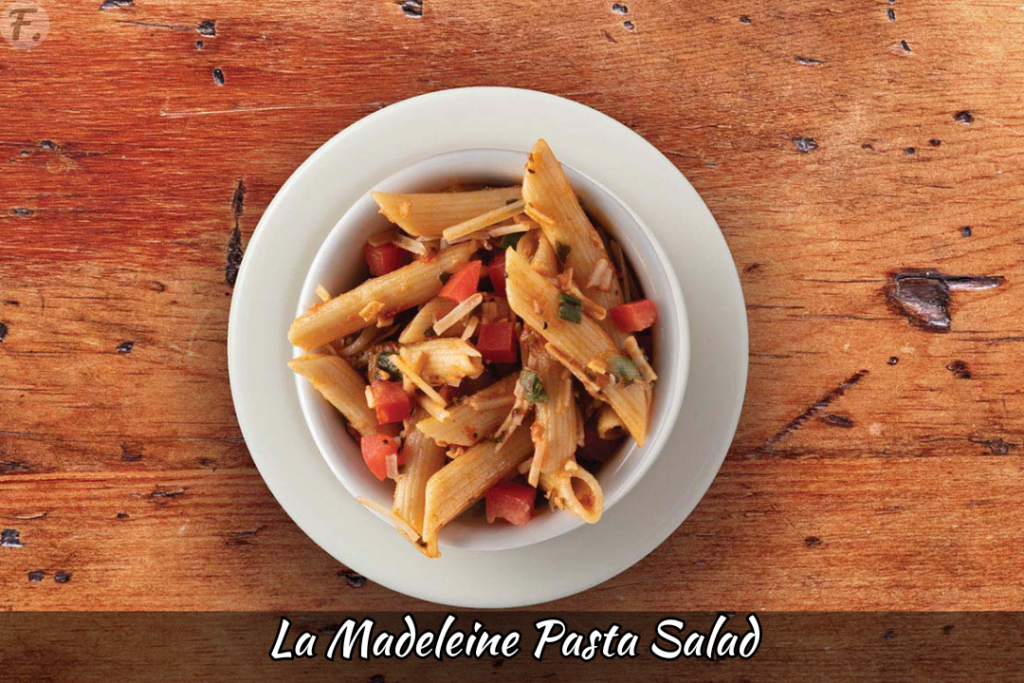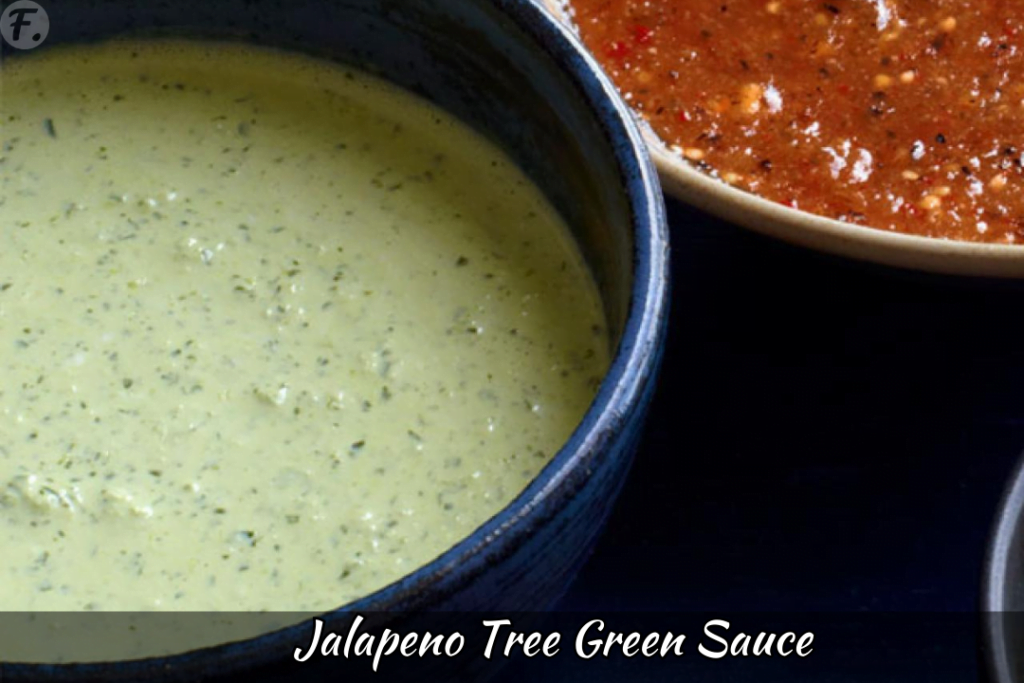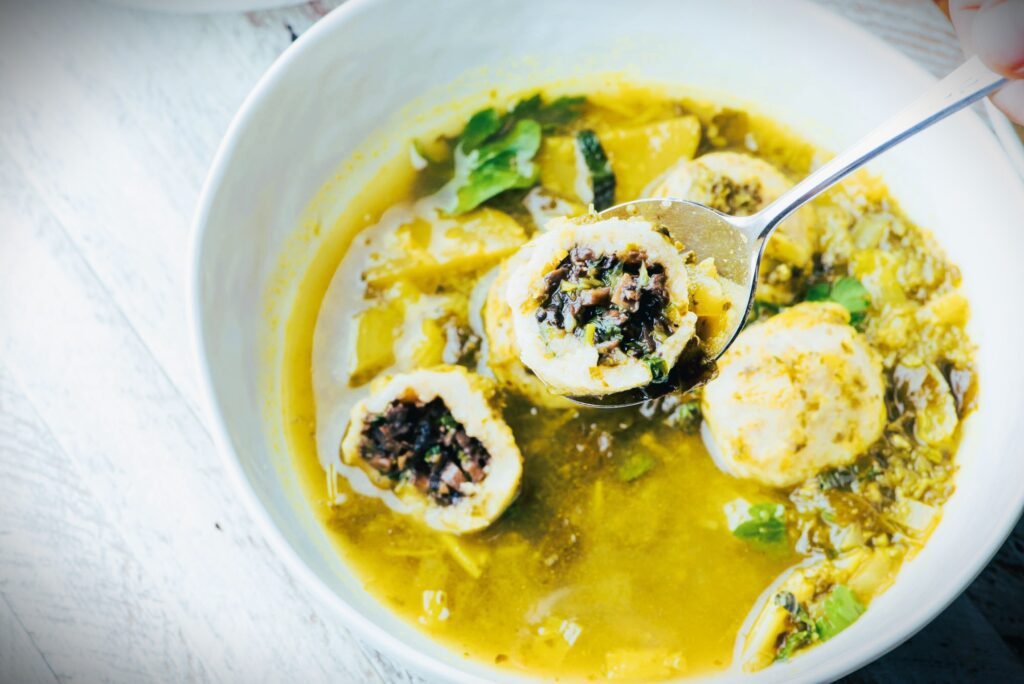Welcome to another delicious adventure through the world of flavors, my fellow foodies! Today, with a fantastic Fiddlehead Ferns recipe, we’re delving into the world of foraged culinary delights. These charmingly curled green shoots have an earthy flavor that is simply impossible to resist. Join us as we discover the alluring flavor of fiddlehead ferns and discover how to make a delectable dinner that honors nature’s wealth.
INGREDIENTS
- 1 pound fresh fiddlehead ferns
- 2 tablespoons olive oil
- 2 cloves garlic, minced
- 1 teaspoon lemon zest
- Salt and pepper to taste
- Grated Parmesan cheese (optional, for garnish)
- Lemon wedges, for serving
INSTRUCTIONS
Step 1: Preparation and Cleaning
-
Begin by closely examining the fiddlehead ferns. Search for tightly coiling, bright green shoots. Trim any brown ends, then wash them in a strainer with cold water to get rid of any debris.
Step 2: Blanching the Fiddleheads
-
Bring a sizable saucepan of water to a rolling boil. Put a dash of salt in. To blanch the fiddlehead ferns, place them in the boiling water for two minutes. This will assist in somewhat softening them and removing any bitterness. The fiddleheads should be blanched, then drained and immediately placed in a dish of ice water to stop the cooking process. Drain them once more after they’ve cooled, then gently wipe them dry with a clean kitchen towel.
Step 3: Sautéing the Fiddleheads
-
Olive oil should be heated in a sizable skillet over medium heat. When the garlic is aromatic and golden, add the minced garlic and cook for about a minute. Now, carefully add the fiddlehead ferns that have been blanched to the skillet. With a wooden spoon, gently toss them in hot oil for 3 to 4 minutes. The edges of the fiddleheads should become slightly crusty and soft.
Step 4: Flavor Infusion
-
Fiddleheads that have been sautéed are topped with lemon zest. Depending on your personal taste preferences, season with salt and pepper. To ensure that the flavors are dispersed equally, give everything one last toss.
Step 5: Presentation and Garnish
-
To serve, place the cooked fiddlehead ferns in a plate. Add a light dusting of grated Parmesan cheese, if desired, for an additional layer of salty deliciousness. Lemon wedges should be placed on the side to add a tart contrast.
Step 6: Serving and Enjoying
-
Now that your dish of fiddlehead ferns is prepared, enjoy it! Serve it with a variety of main courses as a delicious side dish or as an appetizing appetizer. To intensify the flavors even more, suggest to your guests that they squeeze some fresh lemon juice over the fiddleheads before eating.
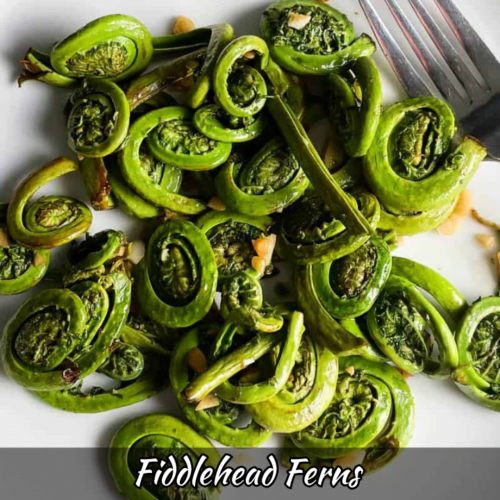
Fiddlehead Ferns
Equipment
- Large skillet
- Colander
- Mixing bowl
- Wooden spoon:
- Serving dish
Ingredients
- 1 pound fresh fiddlehead ferns
- 2 tablespoons olive oil
- 2 cloves garlic, minced
- 1 teaspoon lemon zest
- Salt and pepper to taste
- Grated Parmesan cheese (optional, for garnish)
- Lemon wedges, for serving
Instructions
Step 1: Preparation and Cleaning
- Begin by closely examining the fiddlehead ferns. Search for tightly coiling, bright green shoots. Trim any brown ends, then wash them in a strainer with cold water to get rid of any debris.
Step 2: Blanching the Fiddleheads
- Bring a sizable saucepan of water to a rolling boil. Put a dash of salt in. To blanch the fiddlehead ferns, place them in the boiling water for two minutes. This will assist in somewhat softening them and removing any bitterness. The fiddleheads should be blanched, then drained and immediately placed in a dish of ice water to stop the cooking process. Drain them once more after they've cooled, then gently wipe them dry with a clean kitchen towel.
Step 3: Sautéing the Fiddleheads
- Olive oil should be heated in a sizable skillet over medium heat. When the garlic is aromatic and golden, add the minced garlic and cook for about a minute. Now, carefully add the fiddlehead ferns that have been blanched to the skillet. With a wooden spoon, gently toss them in hot oil for 3 to 4 minutes. The edges of the fiddleheads should become slightly crusty and soft.
Step 4: Flavor Infusion
- Fiddleheads that have been sautéed are topped with lemon zest. Depending on your personal taste preferences, season with salt and pepper. To ensure that the flavors are dispersed equally, give everything one last toss.
Step 5: Presentation and Garnish
- To serve, place the cooked fiddlehead ferns in a plate. Add a light dusting of grated Parmesan cheese, if desired, for an additional layer of salty deliciousness. Lemon wedges should be placed on the side to add a tart contrast.
Step 6: Serving and Enjoying
- Now that your dish of fiddlehead ferns is prepared, enjoy it! Serve it with a variety of main courses as a delicious side dish or as an appetizing appetizer. To intensify the flavors even more, suggest to your guests that they squeeze some fresh lemon juice over the fiddleheads before eating.
Video
Nutrition Fact –
Nutritional Values (per serving, assuming recipe serves 4):
- Calories: Around 100-120 kcal
- Protein: Approximately 2-3g
- Carbohydrates: Around 7-9g
- Dietary Fiber: Roughly 2-3g
- Total Fat: About 7-8g
- Saturated Fat: Approximately 1-1.5g
- Cholesterol: Minimal (depending on use of Parmesan cheese)
- Sodium: Varies based on salt usage
- Vitamin A: Significantly present due to fiddlehead ferns
- Vitamin C: Present due to fiddlehead ferns and lemon zest
- Calcium: Some from Parmesan cheese (if used)
- Iron: Present in small amounts
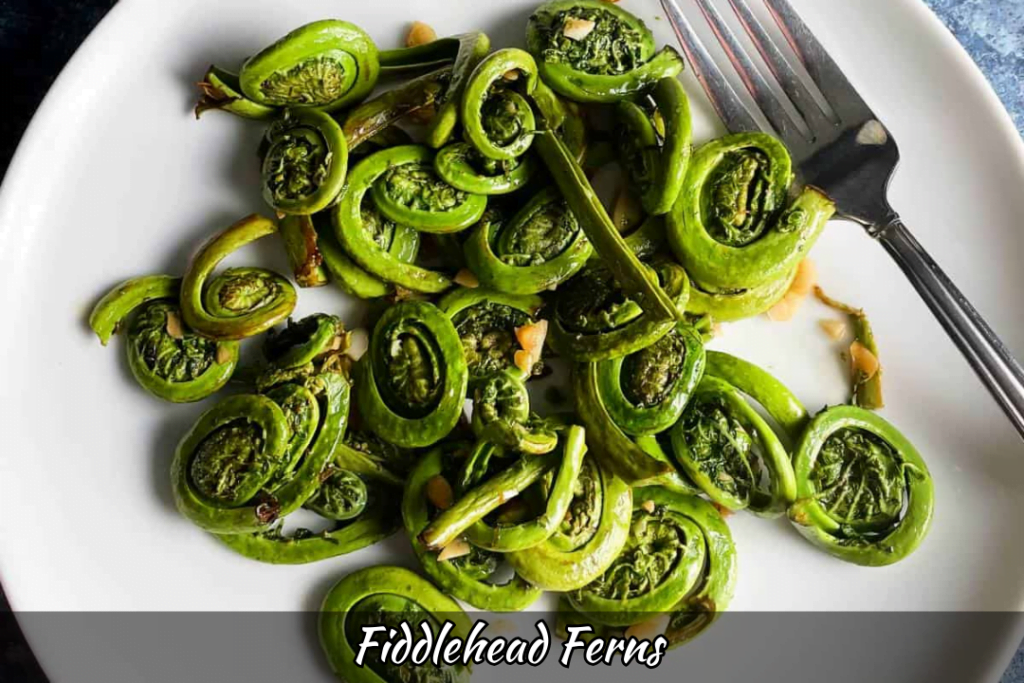
Frequently Asked Questions:
What are fiddlehead ferns?
The fronds of fiddlehead ferns, which are young and tightly curled, are used in cooking. They resemble a cross between asparagus and green beans and have an unusual flavor and texture.
How do you cook fiddlehead ferns?
You can steam, sautée, or blanch fiddlehead ferns. For a delicious entrée, briefly blanch them and then sauté in olive oil and garlic.
Are fiddlehead ferns edible?
Yes, fiddlehead ferns may be eaten and are a popular seasonal treat. Prior to ingestion, it’s crucial to properly cook them.
What is the nutritional value of fiddlehead ferns?
Fiddlehead ferns are a good source of antioxidants, fiber, and vitamins A and C. They can be a calorie-efficient and nutrient-dense supplement to your diet.
Where can I find fiddlehead ferns?
In some areas, fiddlehead ferns can even be foraged. They are frequently available in the spring at farmers’ markets, specialty food stores, and other places.
Are fiddlehead ferns safe to eat?
When prepared properly, fiddlehead ferns are safe to eat. Potential poisons that can be present in raw or undercooked ferns are eliminated during thorough cooking.
What recipes can I make with fiddlehead ferns?
The answer is that fiddlehead ferns can be used in a variety of foods, including spaghetti, salads, stir-fries, and sautés. Try out several flavors to balance their earthy flavor.
Are there any health benefits to eating fiddlehead ferns?
Yes, the high nutrient content of fiddlehead ferns makes them potentially healthy. Antioxidants found in them promote general health.
How do I store fiddlehead ferns?
Fiddlehead ferns should be kept in the fridge, preferably in a perforated plastic bag. For the finest flavor and quality, use them right away.

